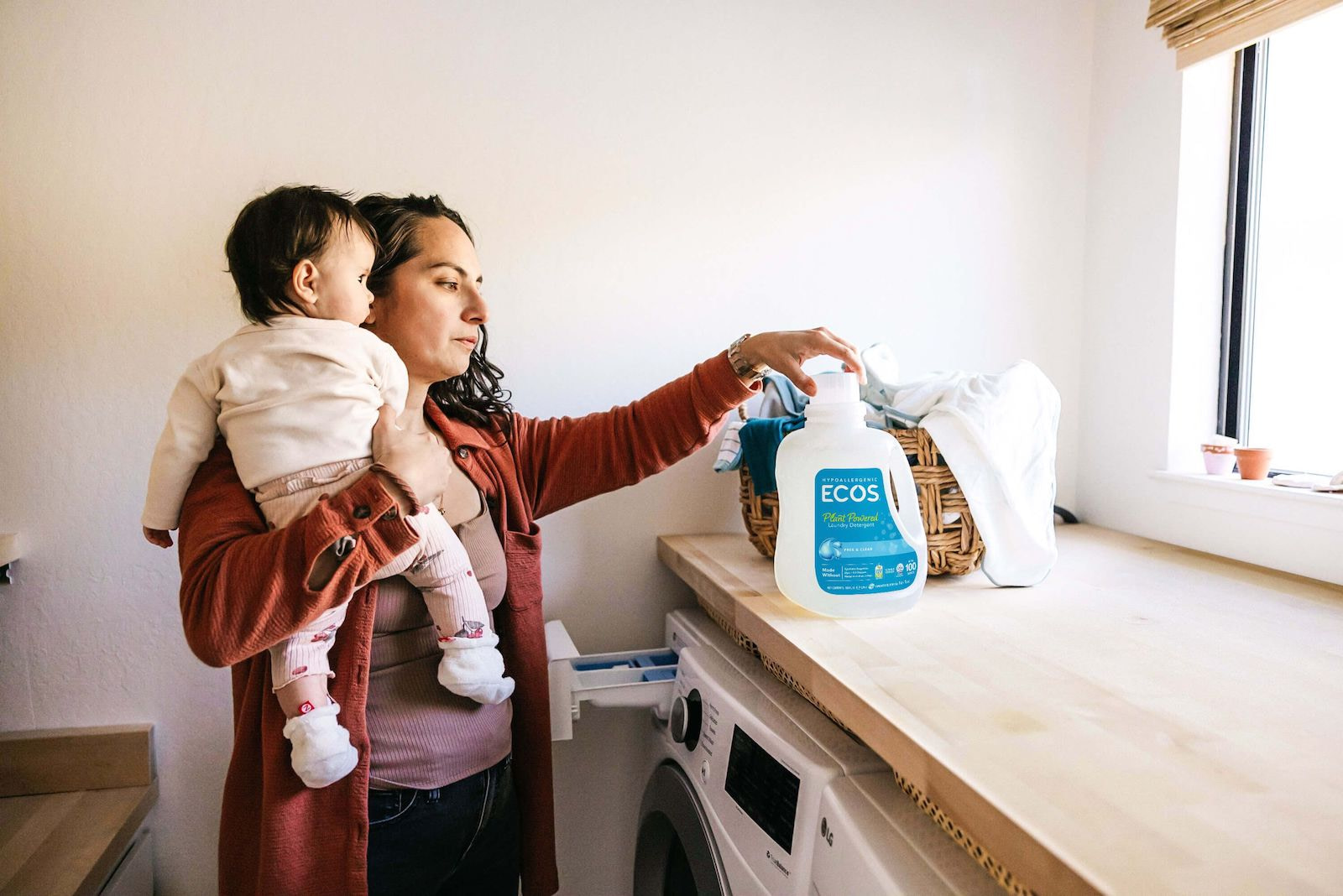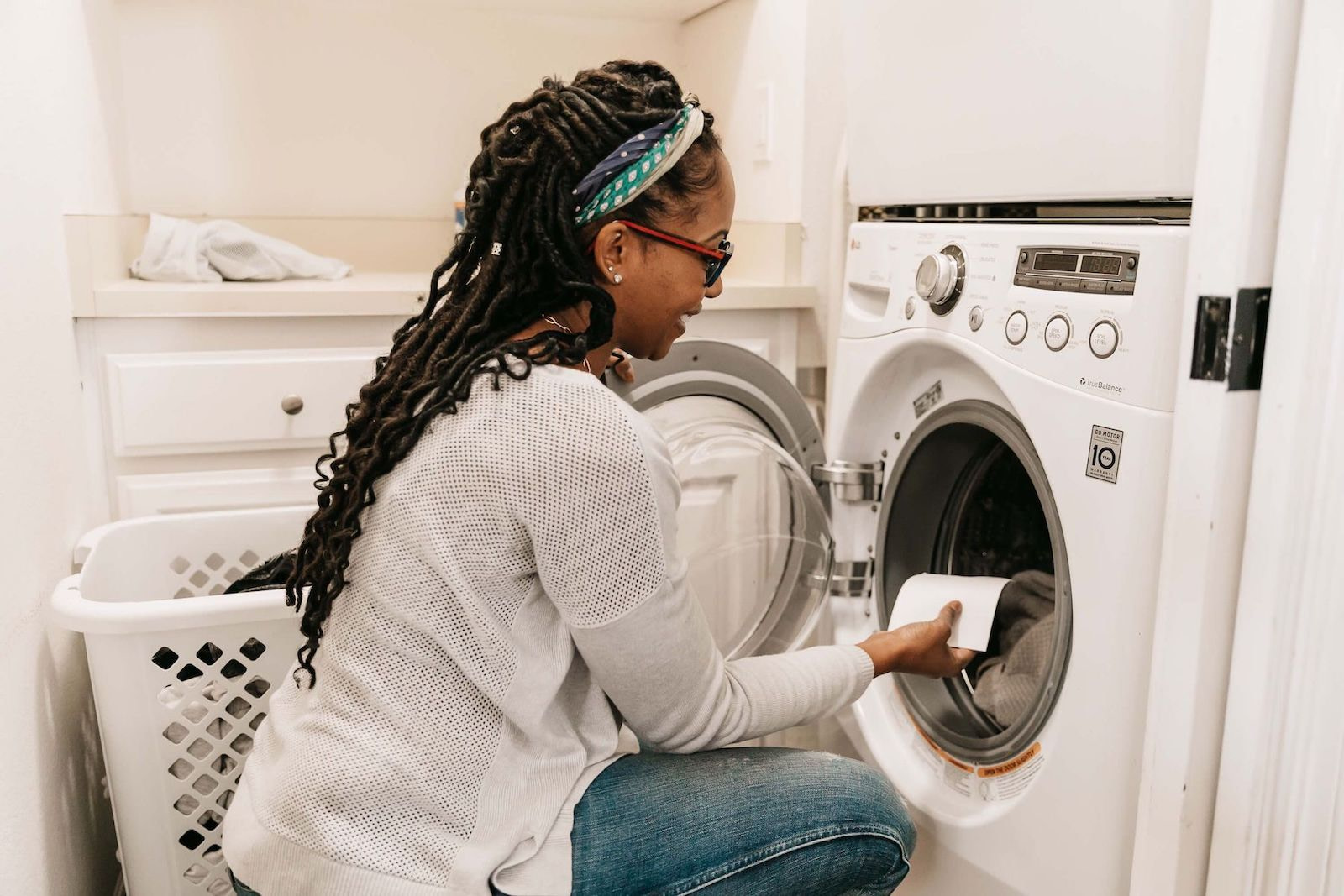How to Save Money & Reduce Energy Use at the Same Time
6 minute read

In today’s world, finding ways to save money and reduce energy consumption is a win-win situation. Not only does it benefit your wallet, but it also helps protect the environment by reducing greenhouse gas emissions and conserving valuable resources. In this blog, we will explore practical tips and strategies to help you save money while minimizing your energy use.
The US EPA says that leaving the water running while brushing your teeth wastes an average of four gallons each time. In a four-person household, where each person brushes twice each day, that’s 32 gallons of water wasted. Turning off lights when you leave a room can save electricity and lower your utility bills. According to the US EPA, turning off equipment and lights at night and on the weekend, and unplugging appliances when they are not in use can reduce energy waste.
You don’t need to compromise on comfort to reduce energy use. Today, we’re highlighting some of the best ways to save money and reduce energy use at the same time.
Practice Smart Energy Consumption Around the Home
Some of the best ways to save energy and money include simple tips you can implement today around your home.
Practice smart energy consumption around the home by:
- Replacing your light bulbs with LED light bulbs
- Installing a programmable thermostat
- Weatherizing your home and maintaining that weathering regularly
- Using natural light
- Washing your clothes in cold water
- Upgrading your HVAC system

Dress for the Weather Inside and Outside Your Home
One of the best ways to save money and reduce energy use is by adjusting your thermostat a few degrees.
If it’s cold during the winter, then you tend to dress warmer inside and outside your home.
If it’s warm during the summer, then you tend to dress in cooler clothes inside and outside your home.
Dressing indoors to match the conditions outdoors is a great way to save money. If you can adjust your thermostat 1 to 2 degrees closer to the outside temperature, you could save hundreds of dollars on home heating and cooling costs.
In fact, according to PG&E, every degree above 78° F represents savings of approximately 2% on cooling costs. Even at 78° F, your home’s air conditioning system could be running 50% of the time regardless of your home’s insulation and weathering.
Consider Smart Metering
Many utility companies use smart metering to help you save money. Here’s how smart metering works:
- Your utility company installs a special “smart meter” on your home. This smart meter tracks how much electricity you’re using in a more advanced way than a traditional utility meter.
- Some utility companies pay you just for installing a smart meter in your home. Others let you control or manage your home’s electricity use via an online dashboard.
- The biggest benefit of smart metering, however, is the ability to switch to a time-of-use pricing model. The utility company may charge significantly cheaper rates for electricity during off-peak hours. Instead of running your dishwasher, laundry machine, and TV between 6pm and 8pm, for example, you could save by running major appliances after 10pm.
Smart metering can help you save anywhere from 5% to 20% off your utility bills per year, depending on consumption. That could mean hundreds of extra dollars in your pocket each year – just for simple lifestyle changes.

Invest in Energy-Saving Technology
Some energy-saving technology is an investment. You invest in that technology today, and it pays dividends in the future in the form of energy savings, lower utility bills, cheaper maintenance costs, and other savings.
Some of the ways to invest in energy saving technology in your home include:
- Install a more efficient HVAC system. The best HVAC systems may cost more today, but they could save you hundreds of dollars in electricity over the lifespan of your unit.
- Invest in solar panels. The average home solar panel array lasts for 20 to 30 years and pays for itself in 5 or 10 years.
- Invest in energy-efficient appliances. Like HVAC systems, energy-efficient appliances may cost more today but save you money – and maintenance costs – long-term.
- Replace your most frequently used light fixtures with Energy Star-certified LED light bulbs, which use up to 90% less energy and last 15 times longer than standard bulbs, according to EnergyStar.gov.
- Invest in a blower door test or infrared camera test to spot leakage in your home. An infrared camera can reveal surprising sources of wasted energy in your home. Some also perform blower door tests, which use a special fan to identify gaps and cracks. You might pay a few hundred dollars for a test today to save thousands in the future by identifying a hidden source of energy waste – like a poorly insulated attic.
Use Natural Light and Ventilation
Make the most of natural light and ventilation to reduce the need for artificial lighting and cooling. Open curtains and blinds during the day to let sunlight illuminate your space. Additionally, strategically placed windows or vents can promote natural airflow, reducing reliance on air conditioning and fans.

Buy from Climate Positive Companies
Most companies are climate negative. They make the environment worse by using energy, polluting the environment, and emitting greenhouse gasses.
Some companies are climate neutral. They offset carbon emissions or take other steps to reduce waste.
When companies become Climate Positive or Carbon Negative, they begin to offset their environmental impacts in a positive way. Carbon negative and climate positive represent the same idea: actively removing more carbon dioxide from the atmosphere than is produced. These initiatives aim to restore a stable climate by offsetting human-generated emissions and actively contributing to climate change mitigation.
ECOS is proud to be climate positive. We’ve spent five decades perfecting clean manufacturing and sustainable business practices. In 2021, we became a climate positive manufacturer, which means we reduce our environmental footprints in carbon, water, and energy and offset 110% of our remaining impacts with investments in clean energy projects and water restoration programs – leaving the world better than we found it. We’re also the first manufacturer in the country to achieve LEED Zero Carbon, LEED Zero Energy, and LEED Zero Waste certification – all of which contribute to a better future.
Some of the world’s largest corporations have announced plans to become carbon negative, a type of climate positivity where a company offsets more carbon than it emits. These companies include:
Microsoft, which has pledged to go carbon negative by 2030. In fact, by 2050, Microsoft plans to remove all atmospheric carbon it has ever produced since its launch in 1975.
IKEA, which has announced plans to be carbon negative by 2030.
Intuit (maker of TurboTax, Mint, and QuickBooks), which has pledged to be carbon negative by 2030.
Some corporations have also pledged to go carbon neutral. Google, for example, first achieved carbon neutrality in 2007, while Netflix became carbon neutral in 2022. Facebook, Apple, Nestlé, and Coca-Cola, meanwhile, have announced plans to go carbon neutral between 2030 and 2050.
Final Word: Simple Changes Lead to Big Savings
With a little bit of work today, you can save big money in the future. From investing in more energy-efficient light bulbs to buying products from climate positive companies like ECOS, you can save money and reduce wasted energy and carbon emissions at the same time.
